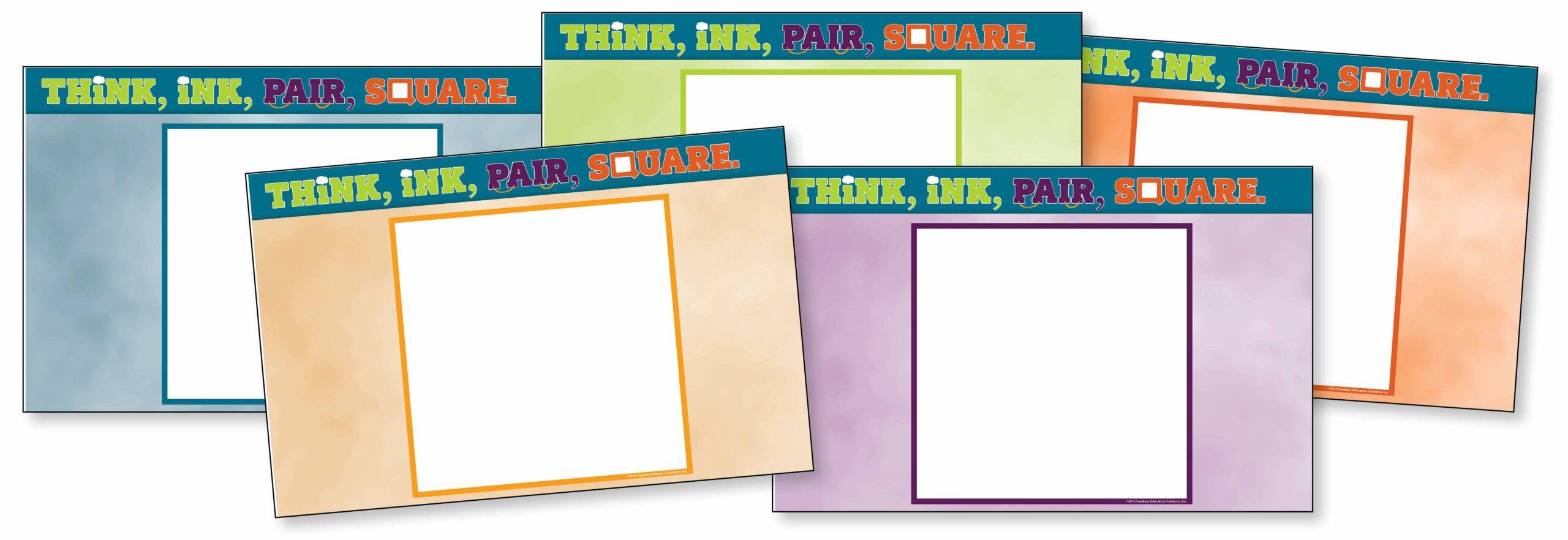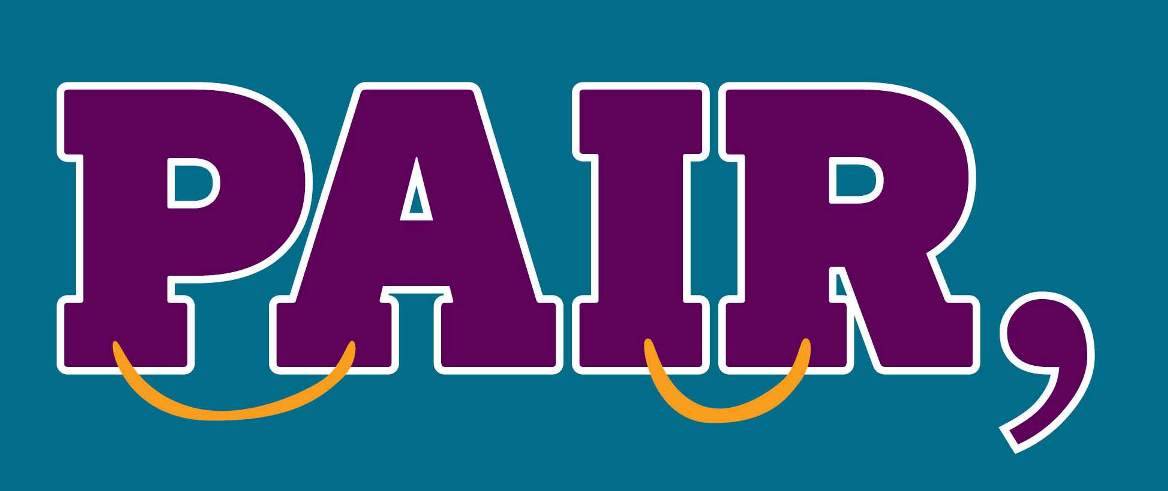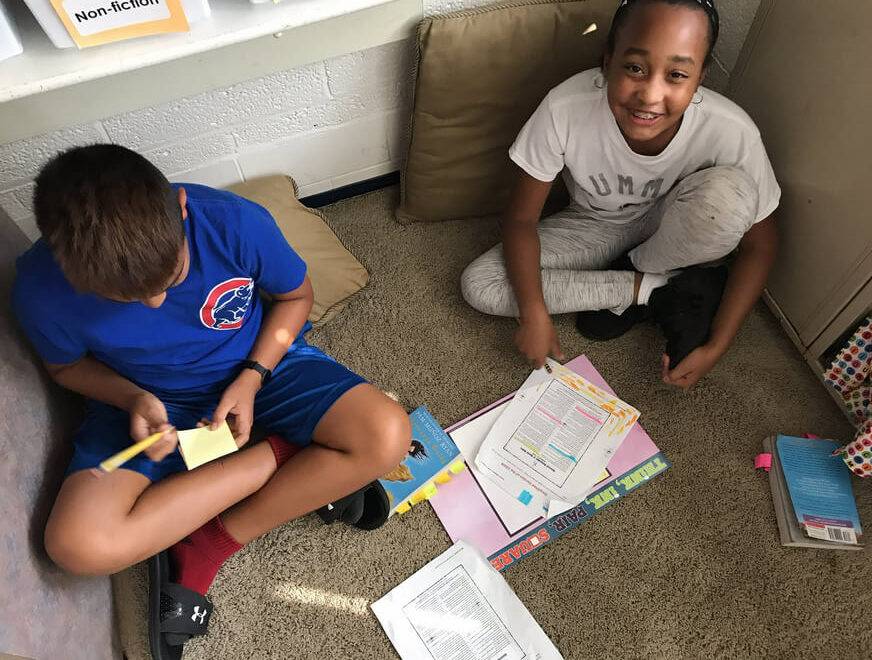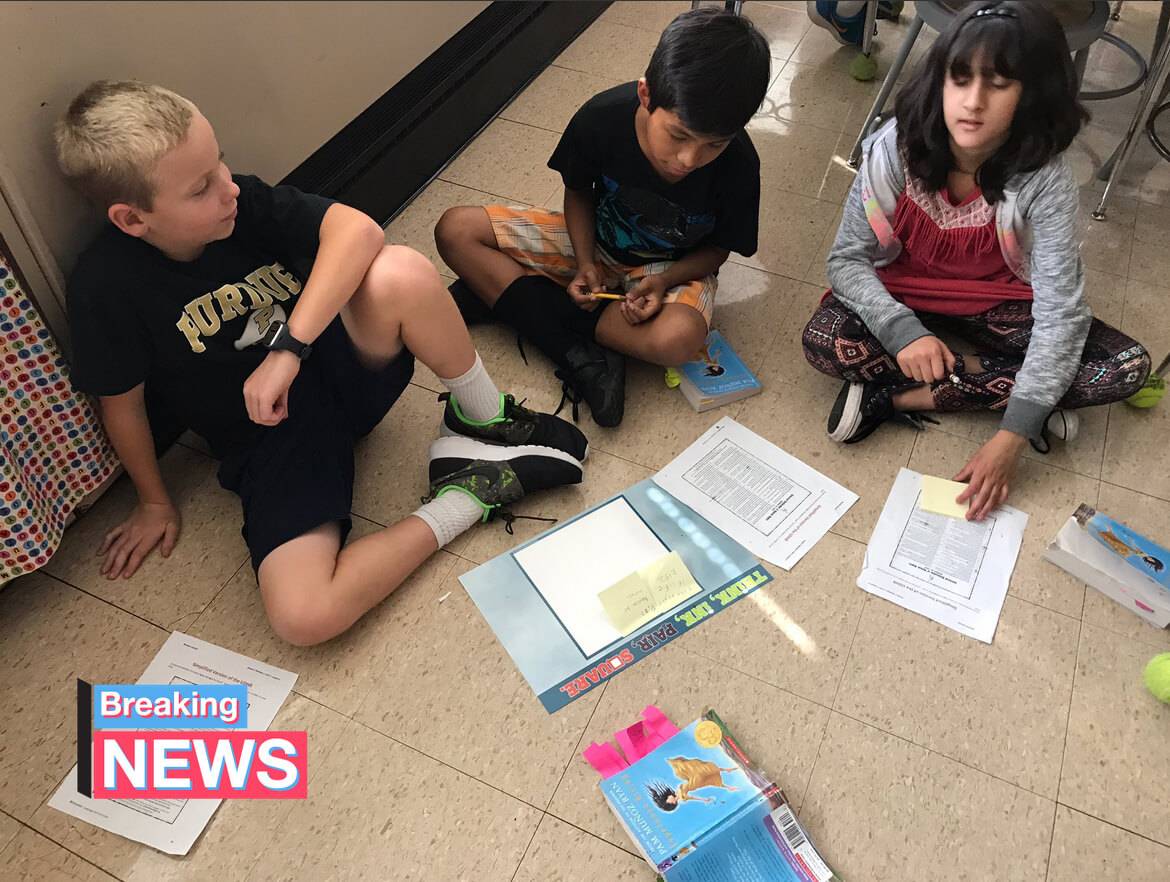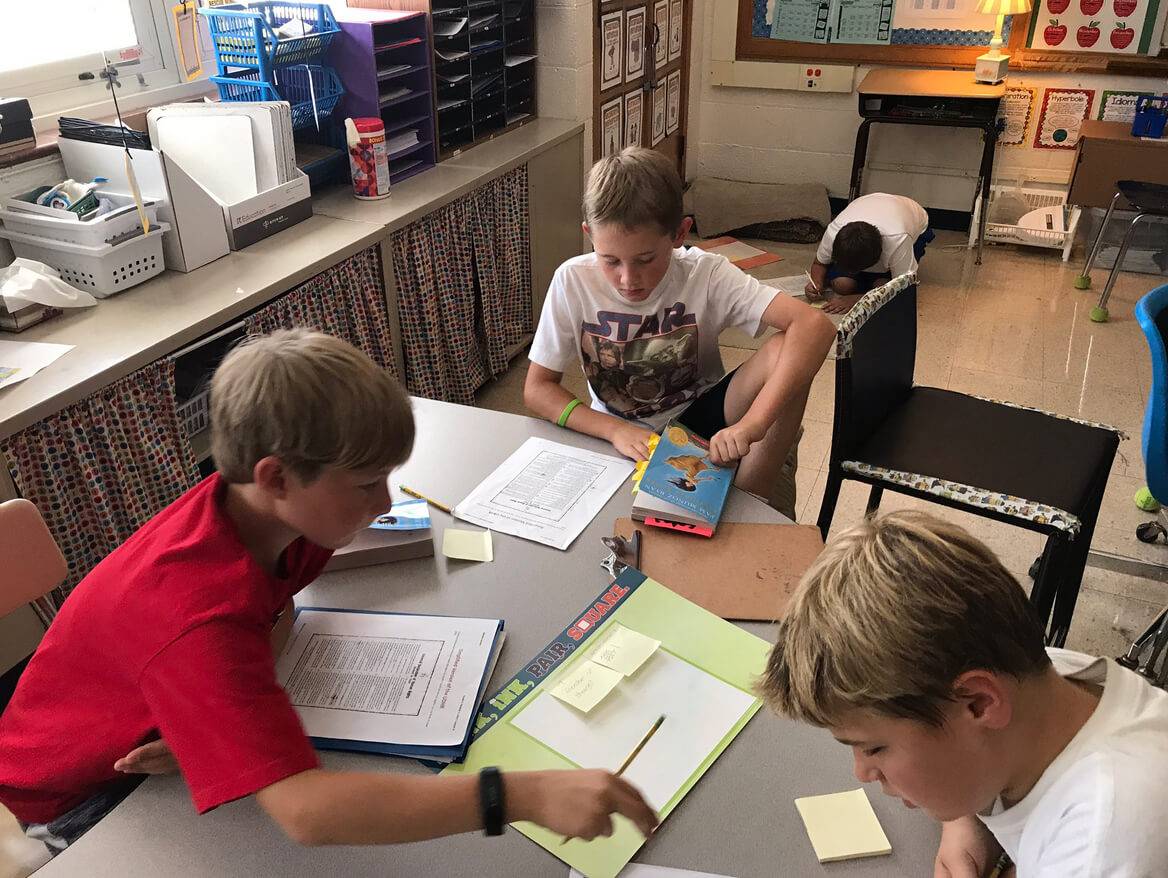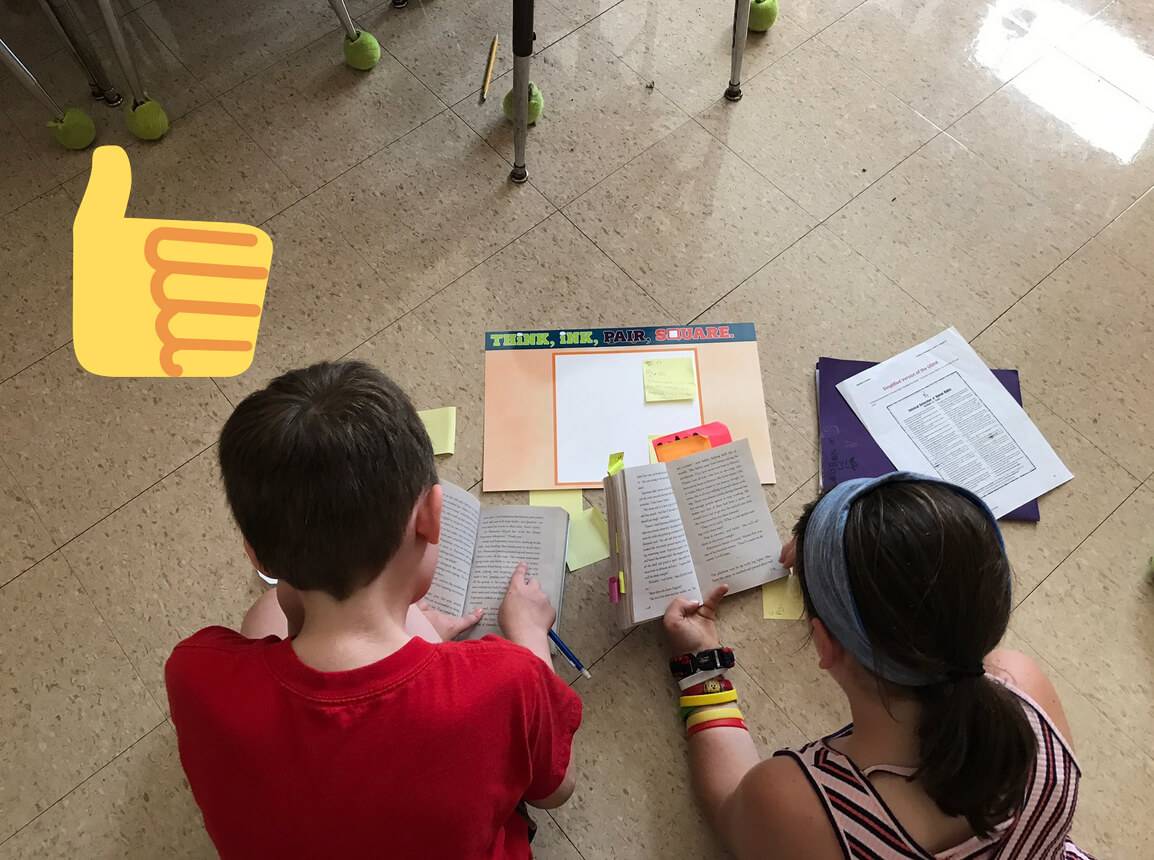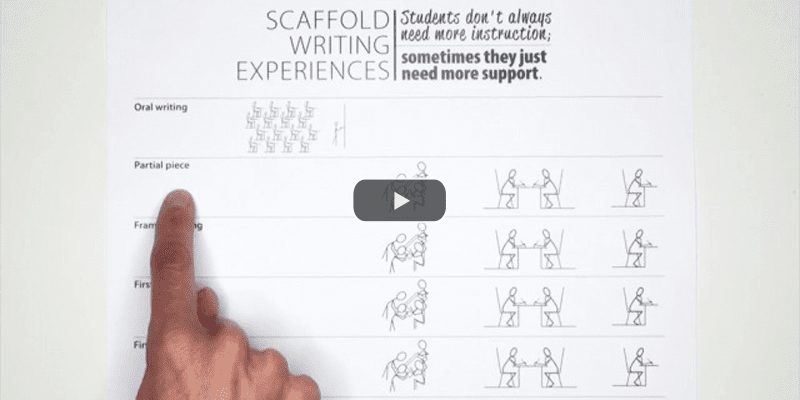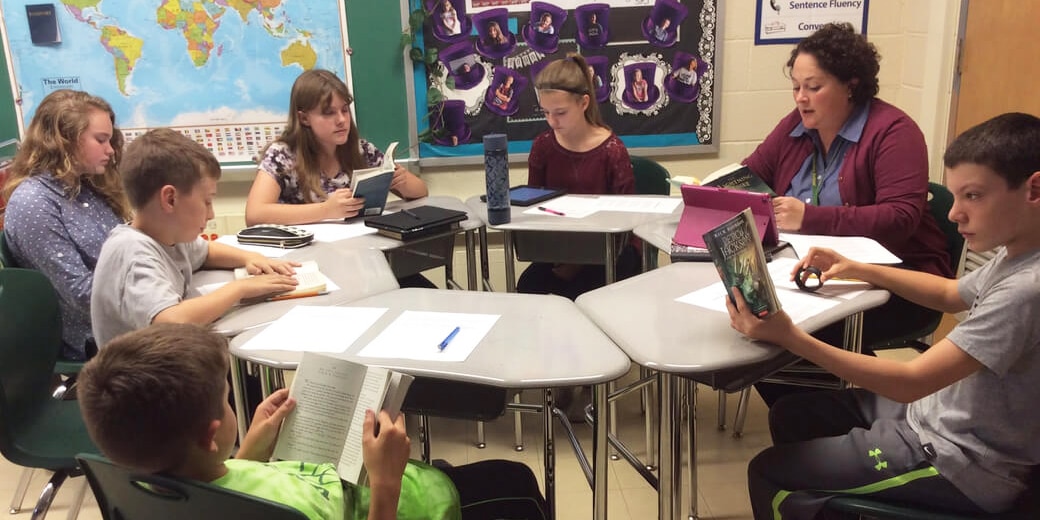Learning Center
reading
Create group products with Think, Ink, Pair, Square
december 11, 2017
Teachers wonder how to assess individual student understanding when a written product is created by a small group. To do this, use the T.I.P.S. strategy.
After initially teaching students how to write a constructed response, a strong math explanation, a powerful thesis statement, or a scientific conclusion, it’s doubtful that they could successfully crank out their own written product. Most students are not ready for that fast of a “gradual” release of responsibility. Rather, scaffold their experience to include working as a group with some built-in independence.
However, the dynamics of a typical group product often include one or two students doing the work, and the other two or three letting them. This is when the Think, Ink, Pair, Square strategy works well. It includes independent and peer accountability before the group product is created.
Think, Ink
Provide each student with a sticky note and reveal the question or the prompt they are to respond to in writing. Each student, individually, thinks and inks on a sticky note. (For primary students, teachers will want to provide a larger sticky note to accommodate their larger letter writing.)
Pair
Then pair individuals up. Partners look at each other’s sticky notes and identify the strong elements from both of their responses. They should consider the details included, the factual information, and the accuracy of the answer. Encourage pairs to underline the best words and phrases from both sticky notes.
Square
With the Think, Ink, and Pair facets complete, combine each twosome with another pair. This is when two pairs become a four-person square. Each of the students adheres his individual sticky note to the perimeter of the Think, Ink, Pair, Square placemat. Students then hover around reading the individual responses.
Students study the most powerful details that have been circled or underlined. The group then writes (with a write-on, wipe-off marker) a single response within the square of the placemat. Conclude the activity with groups reading aloud their final versions.
Students appreciate this strategy after first learning a new skill, as there is safety in a group product. However, if each student writes his name on his own sticky note, then the teacher can formatively assess who needs more instruction and who is beginning to master the concept.

- Download the resource used to introduce this strategy: PDF | Smart Board
- For virtual small groups, use the Jamboard.
- Build your own digital document using the JPEG graphics.
- Purchase a set of Think, Ink, Pair, Square placemats.

